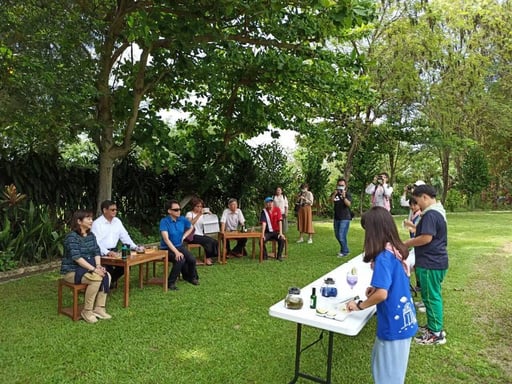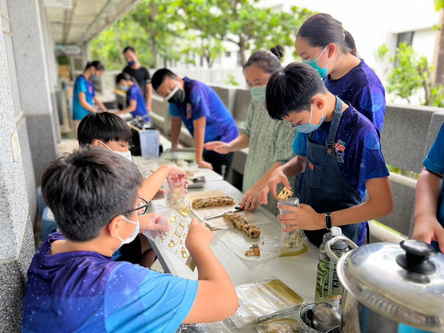Tainan Municipal Rende District Hushan Experimental Elementary School
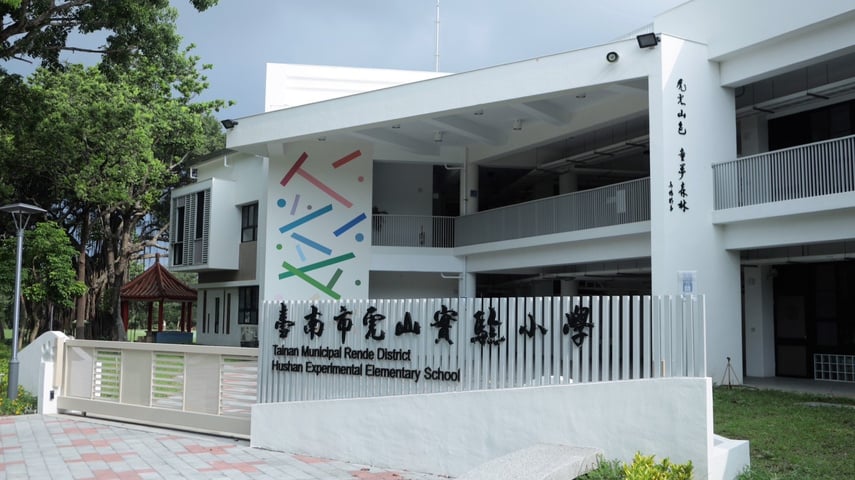
Ecological primary school
Children's exploration paradise
Hu-Shan Elementary School was founded in 1915.
It is 109 years old.
There are eight classes (146 students) in total at the school. There are no residential communities within a 1 km diameter around the school. Instead, what can be seen is a one-hundred hactare forest with multifaceted features, which has gifted the school a greenery surroundings filled with fragrance of flowers and the sounds of bird-chirping. It is indeed a beautiful eco-school. Moreover, the hundred-year-old Ren-de Sugar Refinery, the historically preserved Bao-an Train Station, Tainan Metropolis Park, Ten Drum Culture Village and Chi-mei Museum are right nearby this school.
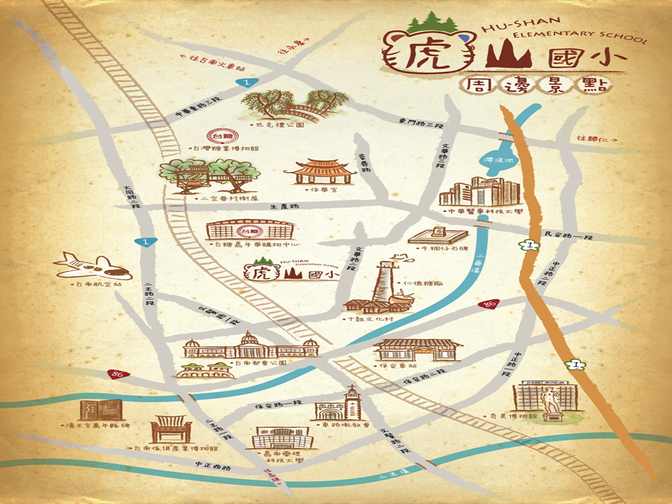
Hu-Shan Experimental Elementary School fully utilizes the forest ecology to develop distinctive programs. Building up its positively affirmed achievements, the school invited Jane Goodall, the UN Peace Messenger, to plant trees and share stories with the students. As a result of its outstanding development, the school has received numerous prestigious awards as follows:

2015 Teaching Excellence Award Gold Medal/National Environmental Education Award
2017 Interdisciplinary Curriculum and Teaching Published in Finnish Education Journals
2013 National Sustainable Development Award
2019 Future Education Award by CommonWealth Magazine
2023 Taiwan Sustainable Education Award/FIABC-Taiwan Real Estate Excellence Award
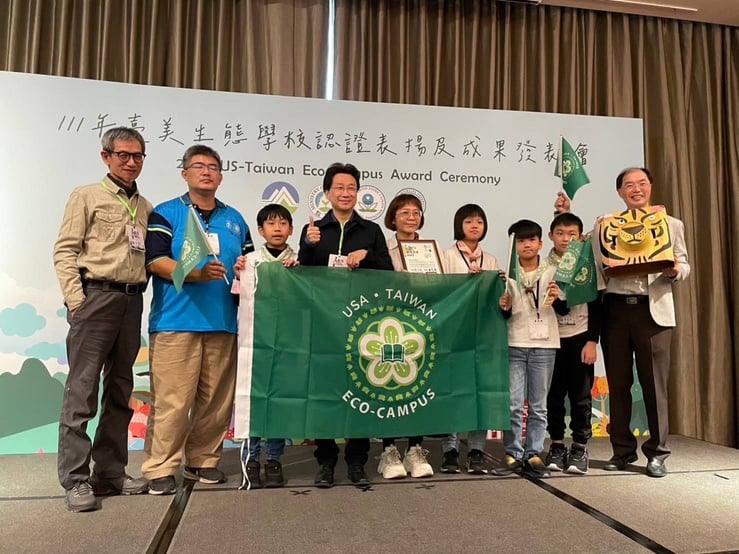
2018 Parenting Magazine Education Innovation 100 Award
2022 United Nations Eco-Schools Permanent Green Flag School
Hu-Shan Experimental Elementary School participated in an international eco-school project, through which short-term, mid-term, and long-term development programs were established to align with the characteristics of the school, community, and surrounding ecosystem. With these programs, the school transformed its campus into a multifaceted eco-environment based on the idea of symbiotic interests. Permeable pavement, red brick trails, grass runways, green fences, the establishment of organic happy farms, and the creation of aesthetic spaces serve as vivid evidence of the realization of this concept.
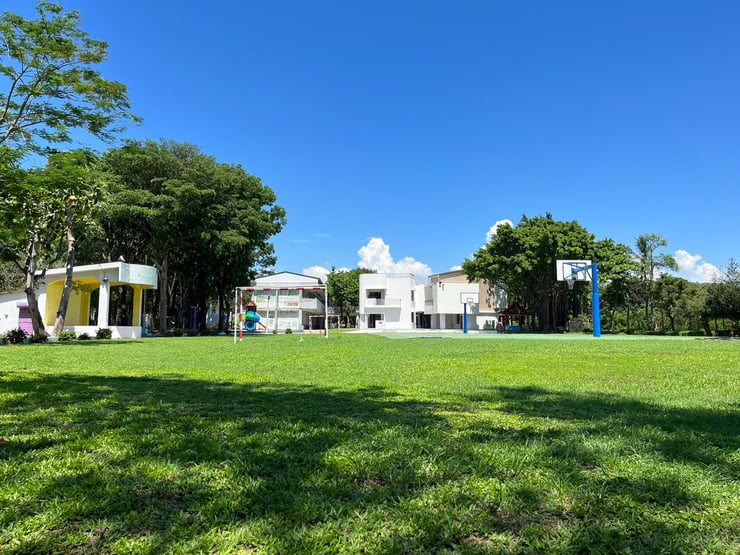
These initiatives have successfully increased the school's permeability to 85% and achieved a green coverage rate of over 78%. In terms of daily eco-practices, policies have been implemented to minimize waste generation and utilize fallen leaves for composting. Additionally, the school is dedicated to promoting the conservation of water resources, participating in water quality monitoring, and advocating the principles of 3R (reuse, recycle, and reduce).

School Premises Section
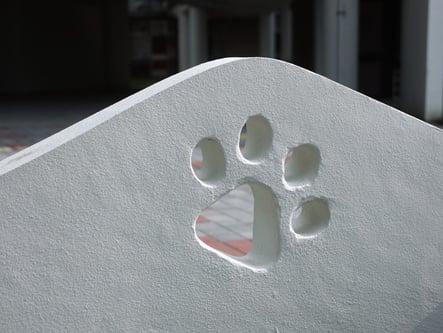
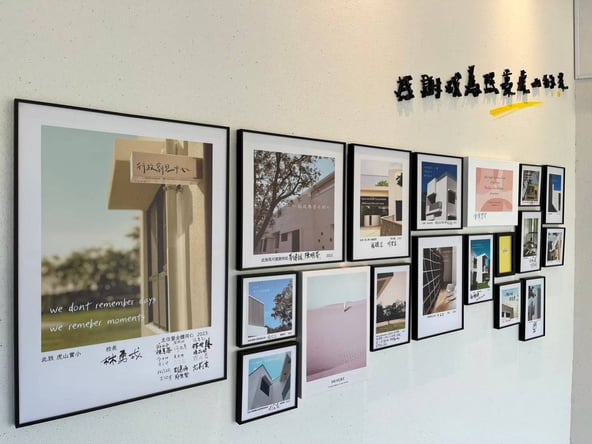
Due to the aging condition of the building and concerns about student safety, efforts were made to obtain subsidies from the Ministry of Education for the renovation of the old school premises in 2021. Throughout the process, there were challenges such as labor shortages and soaring prices of raw materials. With the help of all involoved, the renovation was successfully completed in 2023. The reconstruction project was initiated with the principles of biodiversity, energy conservation, waste reduction, and environmental health in mind, aiming to create a diamond-level green building. The new campus architecture echoes the concept of an ECO SCHOOL, fostering a friendly environment to protect ecology.
The planning and layout of the campus were based on the principles of sustainable campus environment, breaking away from tradition by changing axes and embracing a lush "forest" atmosphere. Nature is considered the best teacher, with windows opening to natural tree views. Eco-friendly glass bricks and cast aluminum fences are extensively used to allow light and air to flow through the building, maintaining privacy while enjoying natural lighting and shade. This approach ensures a balance between the school building and the surrounding natural environment.

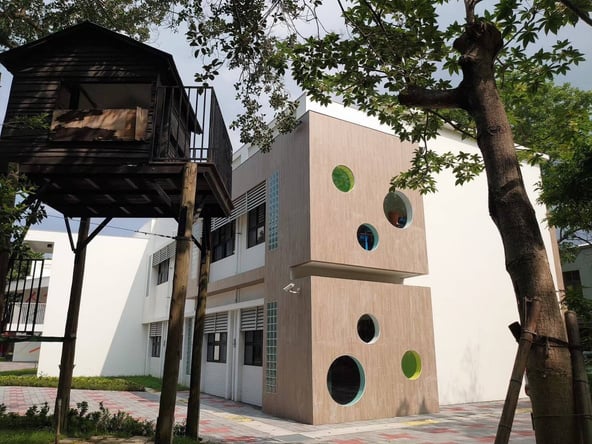
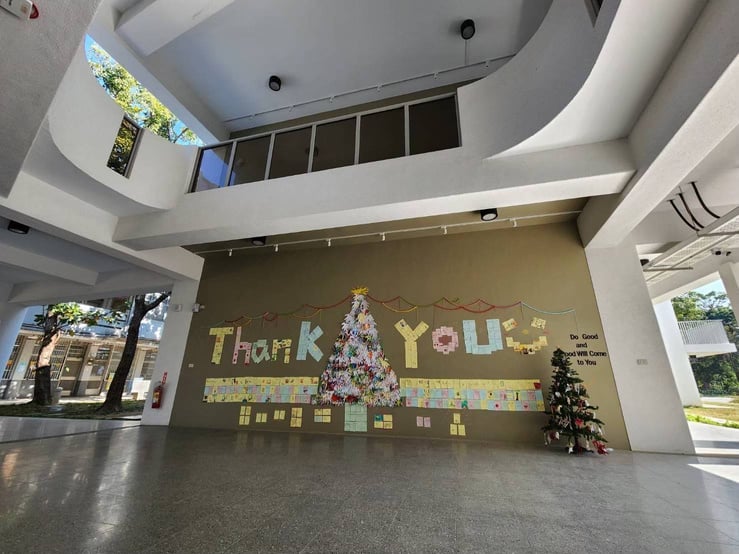
The new school building consists of 12 spaces, fully embracing the spirit of experimental education. These spaces include diverse clustered Classrooms, a self-directed inquiry classroom, an ecological library, and a Gaia cooking classroom. Smart water and electricity meters, diamond-level green building certification, solar power systems, rainwater collection and recycling systems, among other features, have been incorporated into the new school building, integrating the spirit of environmental sustainability into the campus architecture.
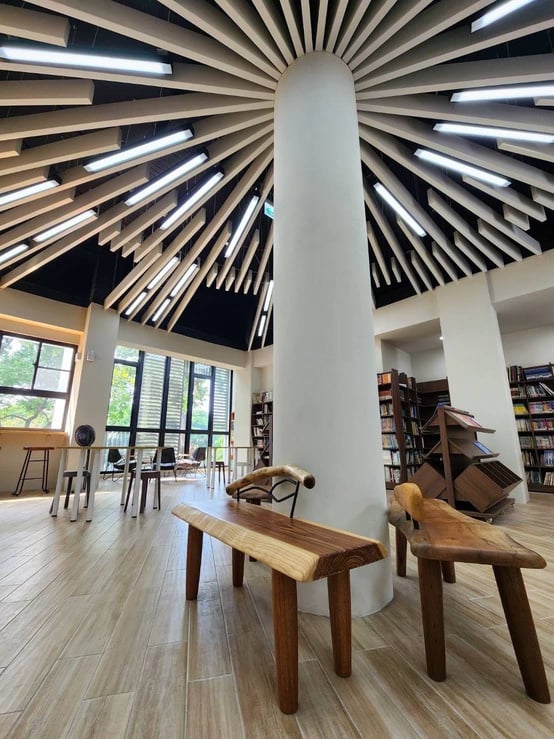
Curriculum Section
Hu-Shan Experimental Elementary School adopts the United Nations ECO SCHOOL ecological school system, with a core spirit of environmental friendliness. The curriculum design revolves around student needs, interests and goals, with the main themes as follows: for lower grades, it focuses on the seeds of trees that combine biodiversity and forest pathways, allowing children to observe and discover in their environment. For middle grades, it integrates the forest inventory of consumption and waste pathways, emphasizing exploration, understanding, and conducting small thematic inquiries. For upper grades, it combines Gaia cooking with the sustainable food pathway, emphasizing eating locally and seasonally, encouraging children to innovate and share.
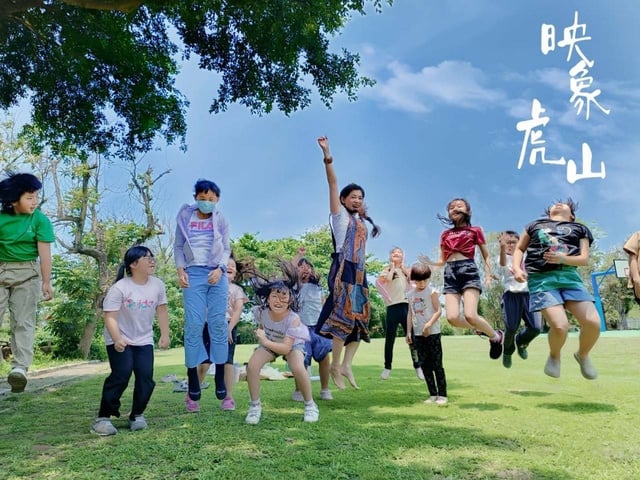
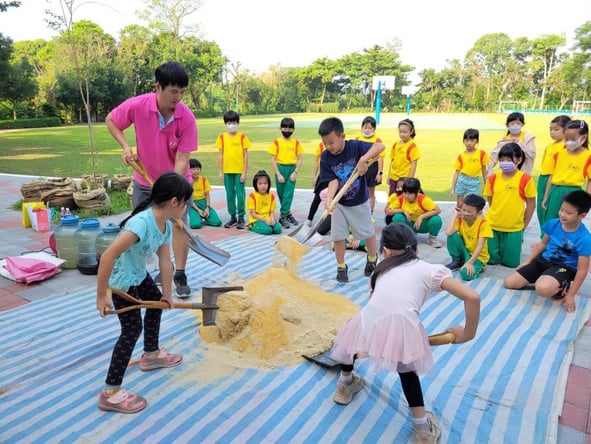
In terms of curriculum planning and scheduling, the spirit of experimental education is implemented through "flexibilities." Each week includes one session of drum class and performance class. Tuesday afternoons are dedicated to school-based curriculum time for the entire school, breaking the constraints of class periods to make learning more comprehensive. Band classes and Inquiry-based learning classes of environmental action are conducted in mixed-age groups, allowing children to learn according to their interests and motivations. Additionally, there is a 30-minute break every day, providing children with ample time for outdoor activities. The school also plans school-wide activities such as jumping ropes, health gymnastics, and the forest marathon, embodying the concept of a healthy, happy, and vibrant campus.
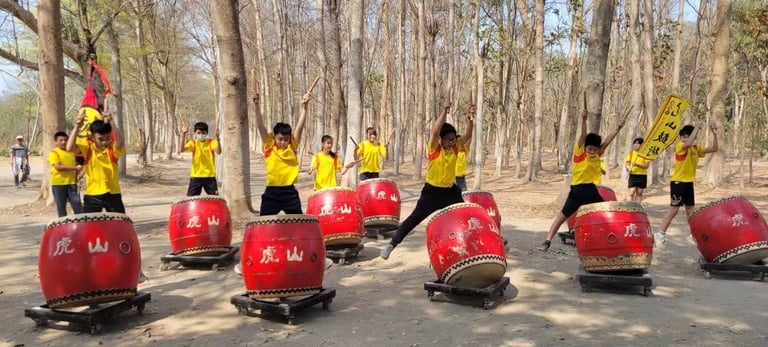
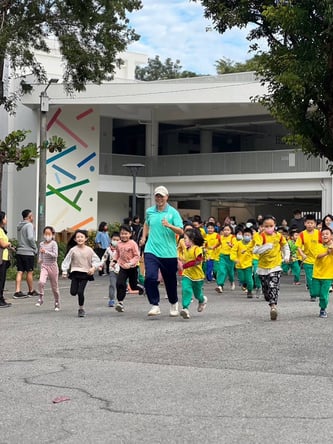
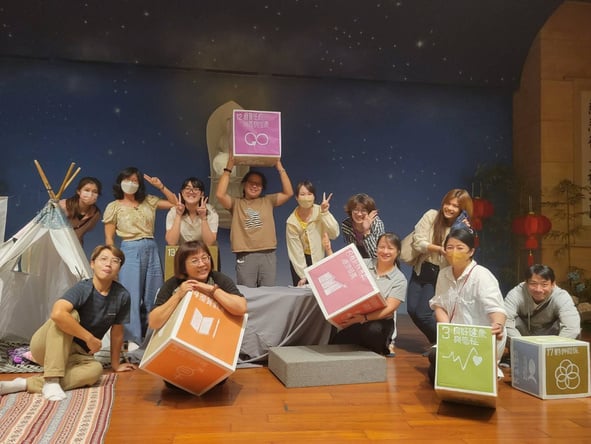
Various teaching activities and environmental programs have been implemented to cultivate an understanding of sustainable development. For instance, students, teachers, and parents participate in tree planting initiatives, along with NGOs, while additional resources are introduced. Environmental events are organized, and community residents and retired school staff are mobilized to form an environmental protection volunteer group. Journeys to protect water resources are organized, and young environmental protection rangers are trained. Furthermore, we actively engage in environmental education research programs to establish our school as a Permanent Green Flag Eco-School with a multi-level ecological environment. This initiative aims to support the flourishing growth of species and transform our school into a paradise of exploration for children and a model for sustainable development in nearby communities.
